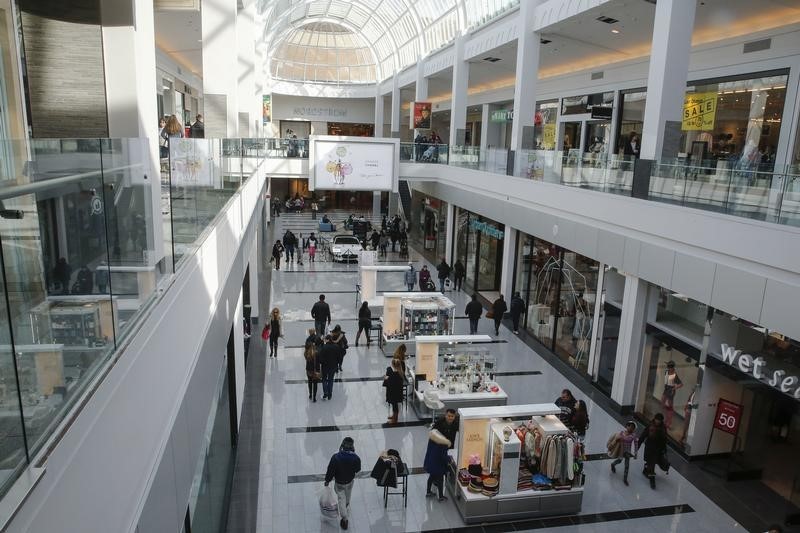By Lucia Mutikani
WASHINGTON (Reuters) - U.S. economic growth likely braked sharply in the first quarter as harsh weather dampened consumer spending and energy companies struggling with low prices cut spending, but there are signs activity is picking up.
Gross domestic product probably expanded at a 1.0 percent annual rate, according to a Reuters survey of economists. That would be a step down from the fourth quarter's 2.2 percent pace and mark the weakest reading in a year.
A strong dollar and a now-resolved labour dispute at normally busy West Coast ports also likely constrained growth. With both the weather and the ports dispute out of the way, economists warn against reading too much into the expected growth slowdown.
"The first quarter is not a true reflection of the health of the U.S. economy right now, it's not the beginning of a downturn," said Thomas Costerg, an economist at Standard Chartered (LONDON:STAN) Bank in New York.
The Commerce Department will release its snapshot of first-quarter GDP at 8:30 a.m. (1230 GMT) on Wednesday, just hours before U.S. Federal Reserve officials conclude a two-day policy meeting.
Policymakers at the central bank are expected to acknowledge the softer growth, but shrug it off as temporary in a statement they will issue after their gathering.
While there are signs the economy is pulling out of the soft patch, data on home building, manufacturing, retail sales and business investment suggest the rebound will lack the vigour seen last year when the economy snapped back after being blindsided by cold weather.
At the start of this year, many economists believed the Fed would raise interest rates from near zero in June. Now, most of the guessing centres around September.
"They are looking to see the extent of the bounce back in activity. It leaves them in waiting mode," said Josh Feinman, chief global economist at Deutsche Asset & Wealth Management in New York.
HIBERNATING CONSUMERS
Economists estimate unusually cold weather in February chopped off as much as half a percentage point from first-quarter growth, with the port disruptions shaving off a further 0.3 percentage point.
The weather impact is expected to be seen in weakness in consumer spending.
Growth in consumer spending, which accounts for more than two-thirds of U.S. economic activity, is expected to have slowed sharply after expanding in the fourth quarter at its quickest pace since early 2006, even though households enjoyed huge savings from a big drop in gasoline prices.
"We expect them to spend the windfall in the coming quarters," said Ryan Sweet, a senior economist at Moody's Analytics in West Chester, Pennsylvania.
Construction also likely took a hit from the weather.
There were probably other areas of weakness.
Business investment was likely undermined by lower energy prices, which have cut into domestic oil production.
Schlumberger (N:SLB), the world's No. 1 oil-field services provider, has slashed its capital spending plans for this year by about $500 million (326 million pounds) to $2.5 billion, while competitor Halliburton (N:HAL) cut its by about 15 percent to $2.8 billion.
While companies have not given a time frame, economists believe the bulk of the spending cuts were front-loaded into the first quarter, and they expect energy-related investment cuts will present less of a drag on growth in the April-June quarter.
The weather and energy-related spending cuts are expected to have put a damper on investment in nonresidential structures, which is expected to have contracted for the first time in two years.
Businesses also likely continued to carefully manage their inventory, which could result in restocking making no contribution to growth for a third straight quarter.
The dollar, which gained 4.5 percent against the currencies of the United States' main trade partners in the first quarter, probably weighed on trade, as did the West Coast ports dispute.

The dollar is expected to remain an economic headwind in the quarters ahead. Economists estimate it will reduce growth by 0.6 percentage point this year.